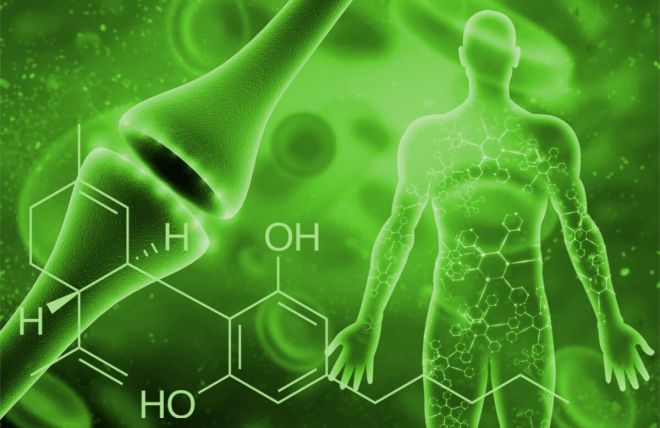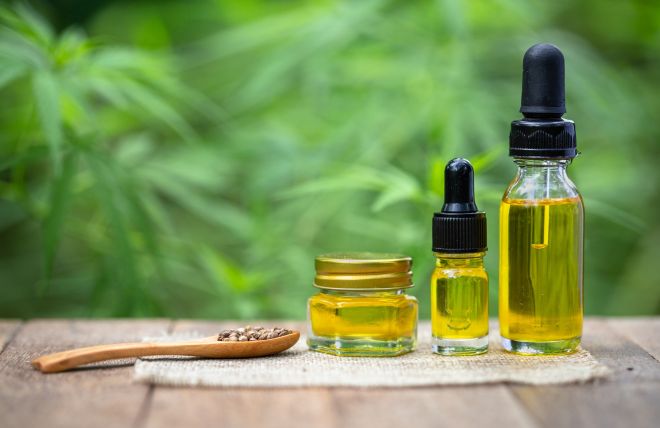Blog
The Potential of Wearable Sweat Bands for Thermoregulation in Amyotrophic Lateral Sclerosis (ALS): A Hypothesis
Fluctuating body temperatures can significantly impact the quality of life for individuals with ALS, leading to discomfort, fatigue, and exacerbation of other symptoms. This paper proposes a hypothesis that wearing sweat bands on both wrists can offer a simple, non-invasive method for modulating body temperature and alleviating thermal discomfort in individuals with ALS.
Can Phytocannabinoids Serve as Endocannabinoid Replacements? Exploring the Potential and Limitations
The most well-known phytocannabinoids, Δ9-tetrahydrocannabinol (THC) and cannabidiol (CBD), exert diverse effects via direct and indirect interactions with cannabinoid receptors and other targets. This raises the question: can phytocannabinoids effectively replace or augment the function of endogenous endocannabinoids in situations of deficiency or dysregulation?
Is Cannabis a Good Alternative for Treating Elderly? A Balanced Perspective
The aging population is increasingly seeking alternative therapies to manage age-related ailments and improve quality of life. Cannabis, with its diverse range of cannabinoids and potential therapeutic effects, has emerged as a subject of significant interest.
Can Phytocannabinoids Serve as Endocannabinoid Replacements? Exploring the Potential and Limitations
The most well-known phytocannabinoids, Δ9-tetrahydrocannabinol (THC) and cannabidiol (CBD), exert diverse effects via direct and indirect interactions with cannabinoid receptors and other targets. This raises the question: can phytocannabinoids effectively replace or augment the function of endogenous endocannabinoids in situations of deficiency or dysregulation?
The Lag in Legitimacy
Exploring Why Cannabinoid Therapy Remains on the Margins for ALS Treatment





